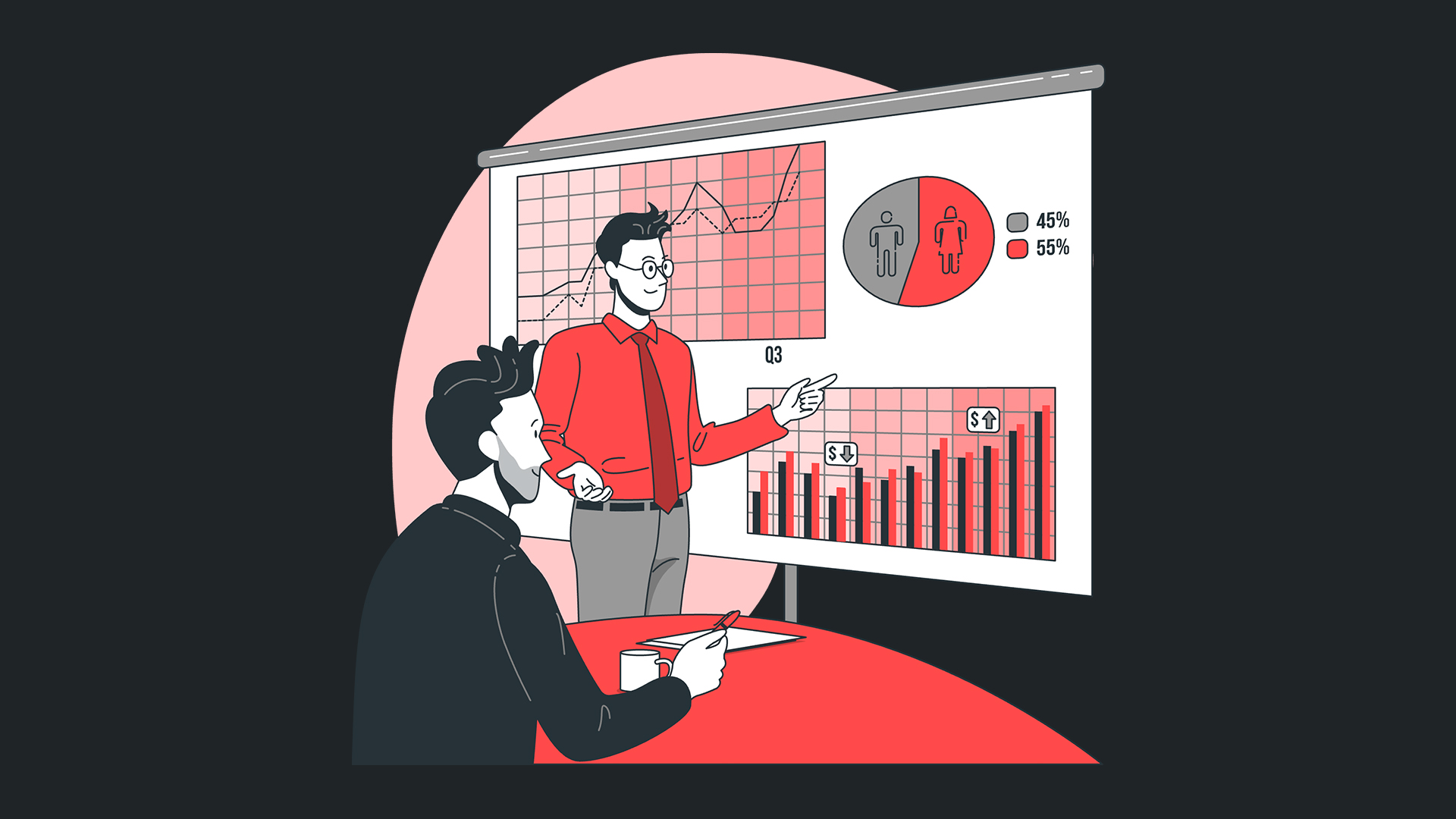
The terms “digital marketing” and “digital advertising” are often used interchangeably, but they represent distinct strategies within the expansive world of online promotion. In this blog post, we’ll explore the differences between digital marketing and digital advertising, shedding light on key concepts like Over-The-Top (OTT) advertising, programmatic advertising, and Google Search Ads.
Digital marketing encompasses a broader strategy that involves promoting a brand, product, or service across various online channels. It focuses on building and nurturing relationships with potential customers throughout their journey, from awareness to conversion and beyond.
Content Marketing: Content is king in digital marketing. It involves creating and sharing valuable content like blog posts, videos, and infographics to educate and engage your audience.
Email Marketing: Sending personalized and targeted emails to subscribers to nurture leads, provide updates, and promote products or services.
Social Media Marketing: Utilizing platforms like Facebook, Instagram, Twitter, and LinkedIn to connect with your audience, share content, and run paid advertising campaigns.
Search Engine Optimization (SEO): Optimizing your website and content to rank higher in search engine results, making it more visible to users searching for related information.
Influencer Marketing: Partnering with influencers in your niche to leverage their credibility and reach to promote your products or services.
Affiliate Marketing: Collaborating with partners who promote your products or services in exchange for a commission on sales.
Digital advertising, on the other hand, is a subset of digital marketing that focuses on paid promotional activities with the goal of reaching a specific audience and achieving immediate results. It involves the use of paid advertising channels to display ads to potential customers.
Over-The-Top (OTT) Advertising: OTT advertising involves delivering video content through internet-connected devices like smart TVs, streaming platforms (e.g., Netflix, Hulu), and streaming devices (e.g., Roku, Amazon Fire TV). It’s a valuable tool for reaching a highly engaged audience who have cut the cord on traditional cable TV.
Programmatic Advertising: Programmatic advertising leverages data and algorithms to automate the buying of ads and target them to specific audiences in real-time. This approach maximizes efficiency and ad relevance.
Google Search Ads: Google Search Ads appear at the top of search engine results pages (SERPs) when users search for specific keywords. They are highly effective for businesses aiming to capture immediate intent-driven searches.
A holistic digital marketing strategy is ideal for building brand awareness, fostering customer relationships, and creating a long-term online presence. Digital advertising, on the other hand, excels in delivering immediate results, making it suitable for businesses seeking quick conversions.
While digital marketing and digital advertising overlap in many aspects, they serve different purposes within your overall strategy. Understanding these distinctions allows businesses to craft a more effective and tailored approach that aligns with their objectives and budget. Whether you choose to engage in programmatic advertising, leverage OTT advertising, or invest in Google Search Ads, a well-informed advertising strategy will be your key to success in the digital landscape.




